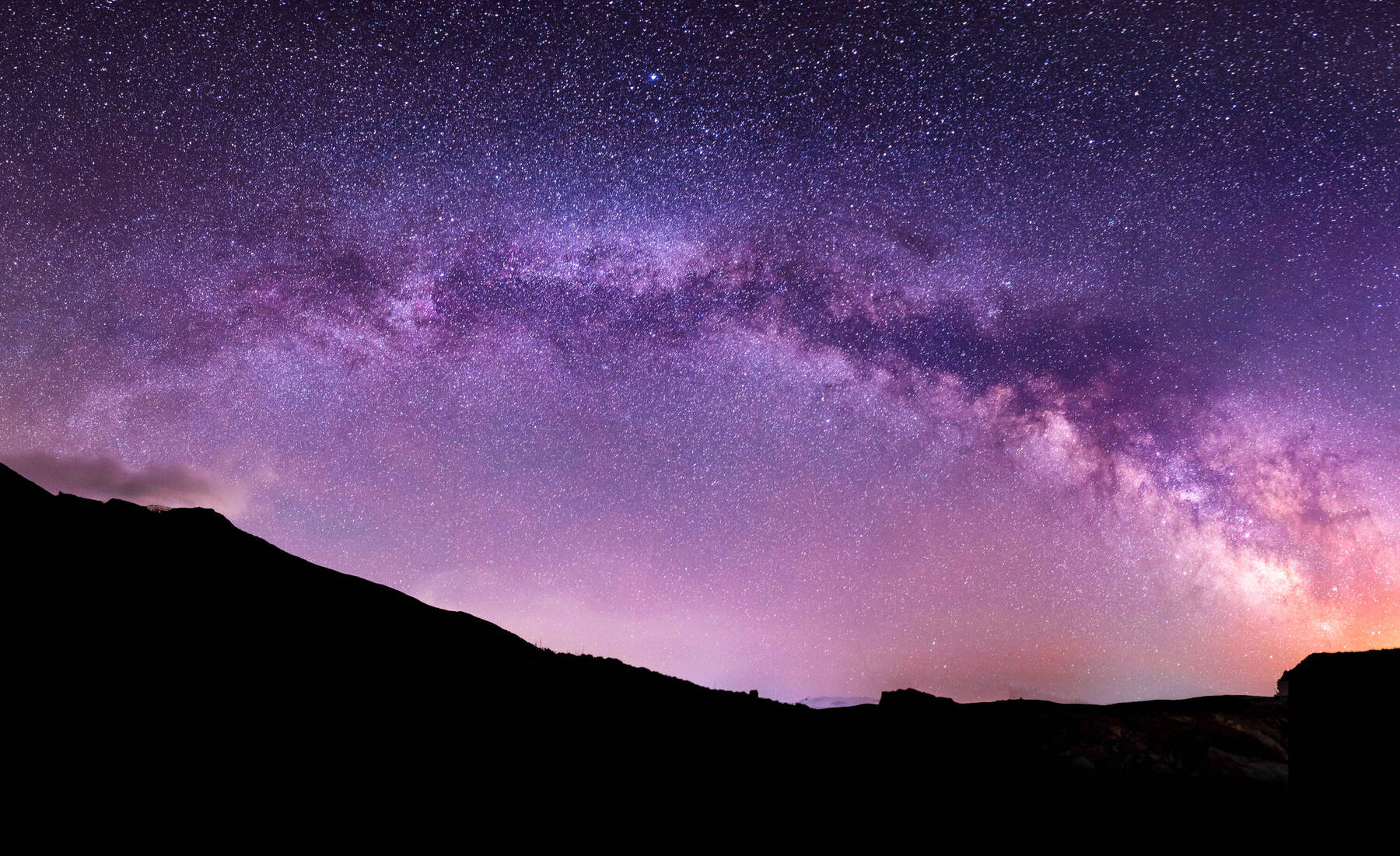Hike through the UNESCO Biosphere Reserve
The UNESCO Biosphere Reserve of La Palma is akin to an enchanted forest, a place where cotton-wool clouds hover above treetops and giant ferns drip with moisture. As you stroll along ancient pathways you are transported back millions of years when these Laurisilva forests began their existence. A great place to begin your hike of the biosphere reserve is at Los Tilos in the north of the island. Begin at Los Tilos Information Centre making your way through tunnels, subtropical forests and canyons observing rare plants, endemic bird and insects along the way. As you follow the pathways, gushing waterfalls appear, cascading down rocky promontories. Cascada de los Tilos is a great place to break for a picnic with friends, photograph the verdant landscape or spend time reconnecting with nature. After your hike, head a few miles towards the coast to San Andrés y Sauces and cool off with a dip in the best natural pool in La Palma – Charco Azul.























Comments